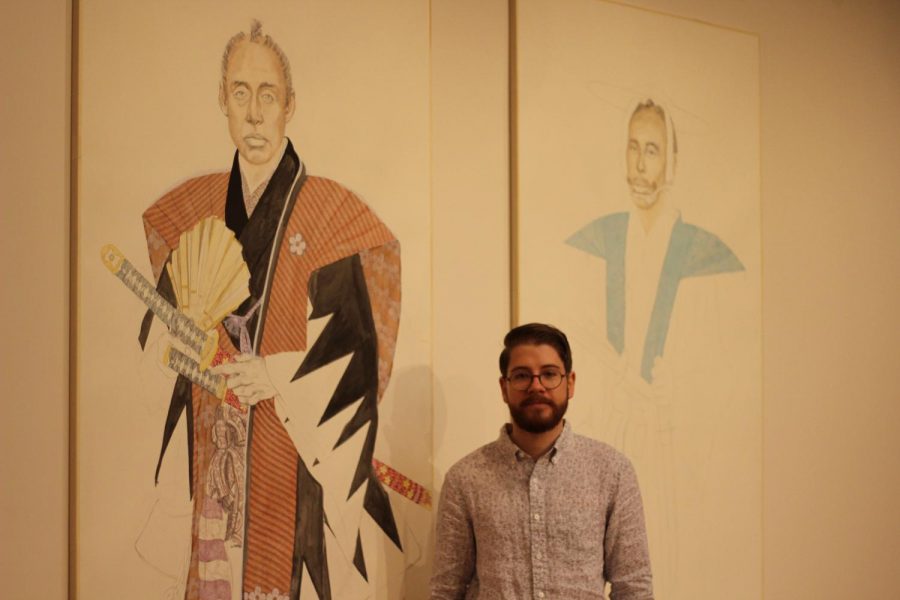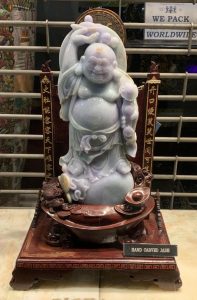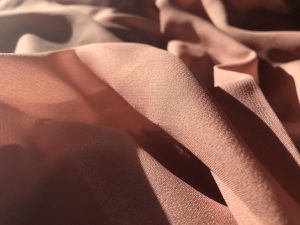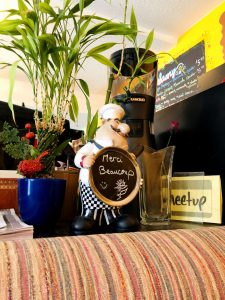Diego Lasansky carves a piece of history
Fellow Journalism students visit West High Alum’s historic art studio in Downtown Iowa City
Having over 50 prints displayed around the world is what some artists only dream about, but for West alum, Diego Lasansky ’12,—it’s a reality. Playing around with pieces of copper as a child, Lasansky has been around printmaking all his life.
“I really started creating art when I was about 11 or 12 and I started sort of creating art in a family setting, right I have so many family members that are artists that my interest in art came from being around that,” said Lasansky.
Today, Lasansky is a respected printmaker in the art community, but it wasn’t too many years ago that he was sitting in the classrooms at West. One of those classrooms was the art room, and Christian Aanestad was his teacher. “When you have talented kids like Diego in class you utilize their talents,” Aanestad said. “Diego had a background in printmaking so he helped us as a class makes some refinements.”
I felt that by collecting these books I could sit down and really see a piece a lot better than I could on the internet
— Diego Lasansky
Although Lasansky only spent three years in the art room at West, he benefited himself and others with his artistic ability. “Taking classes with Christian was a lot different for me,” Lasansky said. ”It was my first time being with other people my age creating art.”
The family has a critical relationship with the development of West High such as Tomas, Uncle of Diego, Lasansky graduating in the mid-70s and Phillip´s friendship with Dr. Arganbright, former principal of West. A couple of pieces were donated to Dr. Arganbright for a retirement present and to the school which is displayed in the main and ninth grade offices.
Diego’s father, Phil Lasansky, runs the family business—selling pieces of Mauricio’s and running the gallery connected to the family studio in Downtown Iowa City. “Not being an artist like my brothers or Diego … all of those are independently minded things, you kind of march to your own drummer,” Phil said.
Tomas Lasansky taught Diego at a very young age to translate his drawing onto an etched piece of copper layered with ink, known as Intaglio printmaking—which originated in Medieval Europe. The Lasansky family has mastered the technique throughout the 20th and 21st century. “It’s all done with oil-based inks, and so you print it and you can’t touch it right, … it needs time for the pores in the oil to dry,” Diego said. Usually, Diego’s prints can take up to 10 days to dry.
Intaglio printmaking involves a lot of repetition which forces Diego to practice his art in his studio from sunrise to sunset. ¨I sort of feel really guilty … if I go a couple days and haven’t really worked at all,” Diego said.
His work ethic is influenced by his obsession to collect books, and ever since Diego was a teenager he used to copy pieces from pages of art books and frequently would glance at a section of a page to read. ¨What I found that the internet couldn’t give me was … you can’t find all those pieces online,¨ Diego said.
Books about Van Gogh, Da Vinci, Goya and many other influencers lie in a mammoth of a bookshelf in a spacious art studio, located Downtown Iowa City, originally bought by his grandfather in the 20th century “He (his grandfather) made about 500 to 1000 prints and the exact number honestly I can never figure out because it’s changing,” Diego said as he walks through his grandfather’s gallery consisting of prints larger than a human being.
At the age of 21, Diego’s hard work in his studio made a splash in the art world by being featured in Wartburg College to celebrate the 500th anniversary of the Protestant Reformation. The piece is known as Martin Luther print edition 1-50.
His current project, Japanese Samurai Sketch attire, is slowly chipping away with fabric details done by pen located on the second floor by a brown and black hand-cranked elevator. The hope for this collection of 16 promises to deliver his next ink stain in the world.
Iowa City West creates many established individuals who will eventually move to major cities and pursue a career, however, Diego has held a reputation in the Iowa City area as a promising artist who will change the idea of what’s art and plans to stay here. “It’s fairly easy to sort of be in a town like Iowa City, you know that has such great art and culture, but small right,” Diego says.










